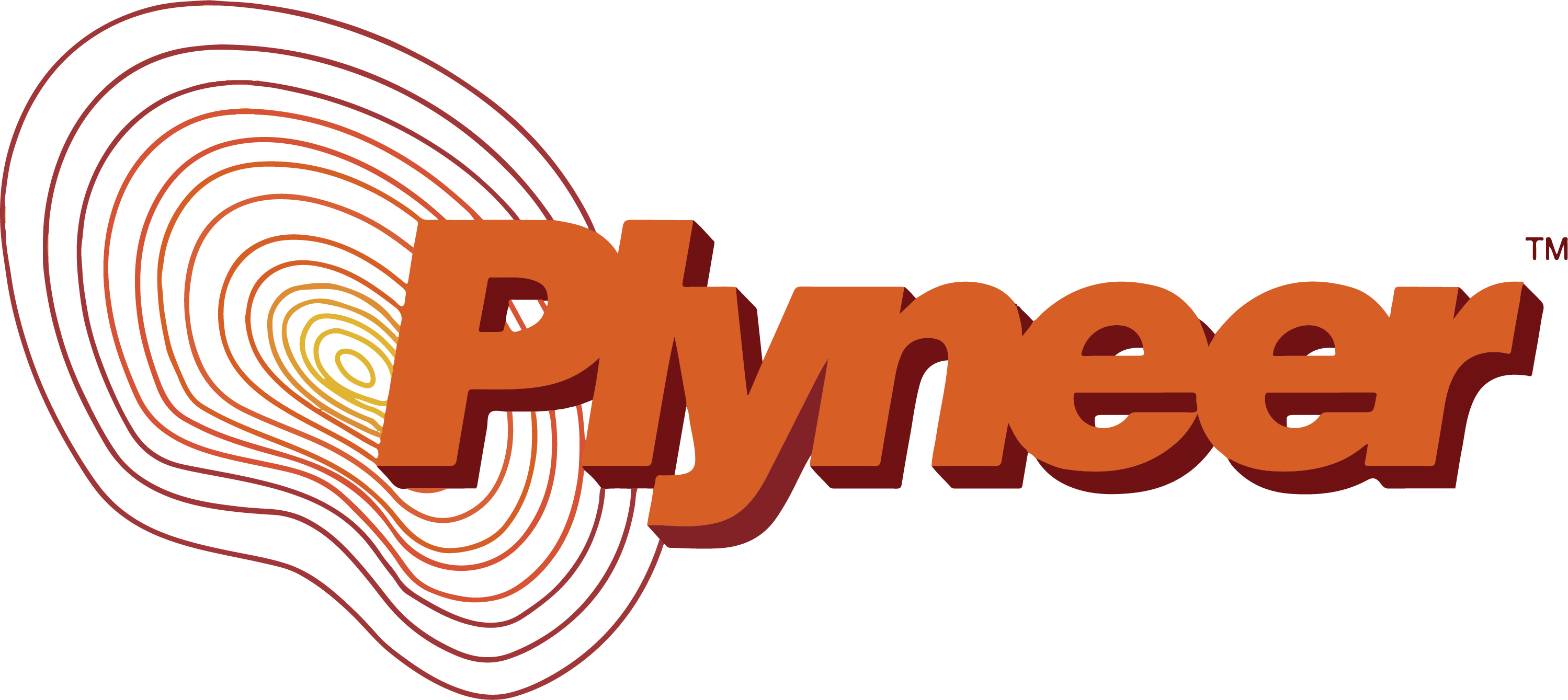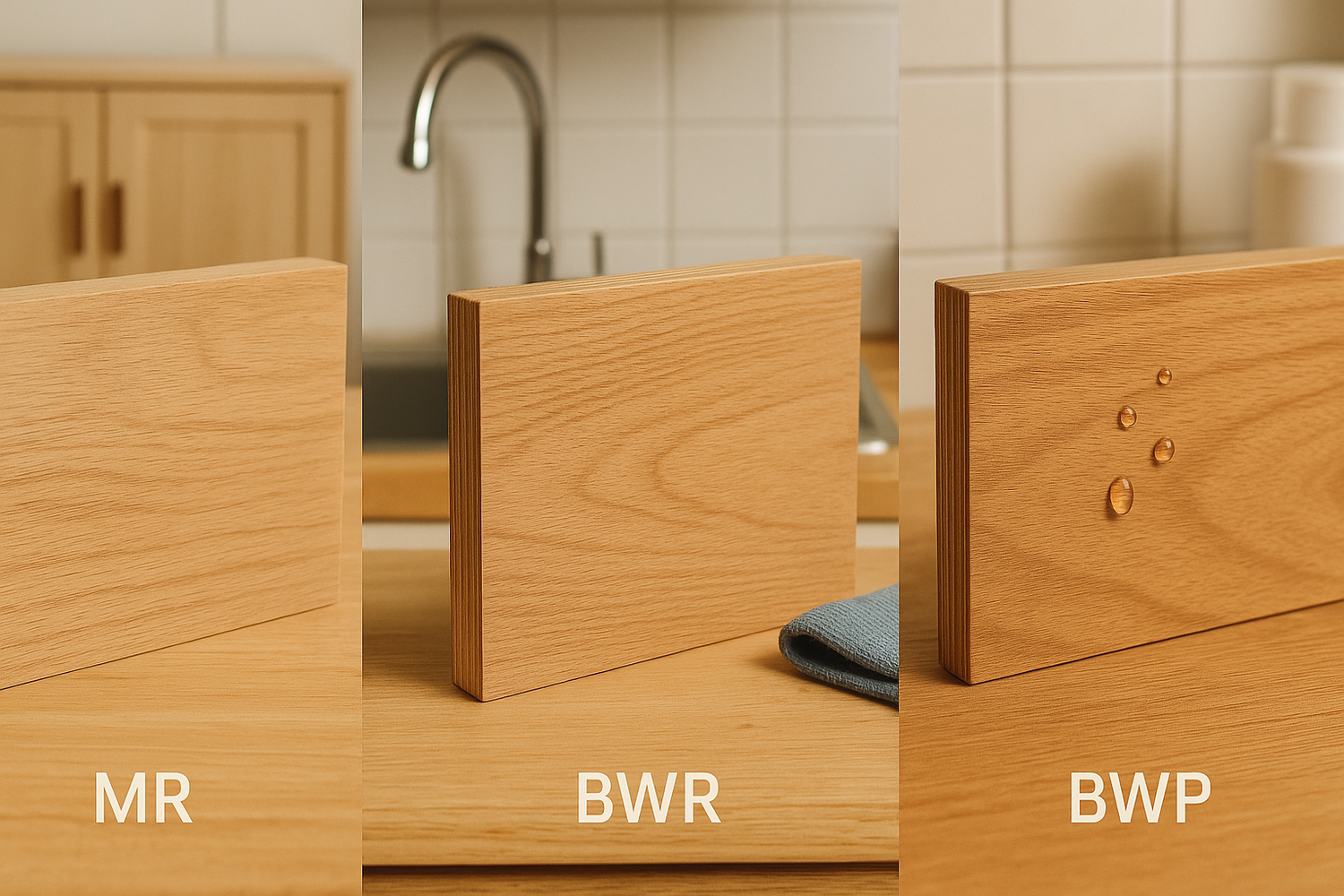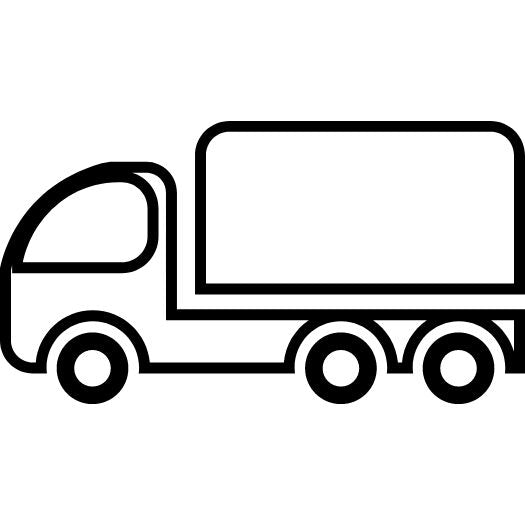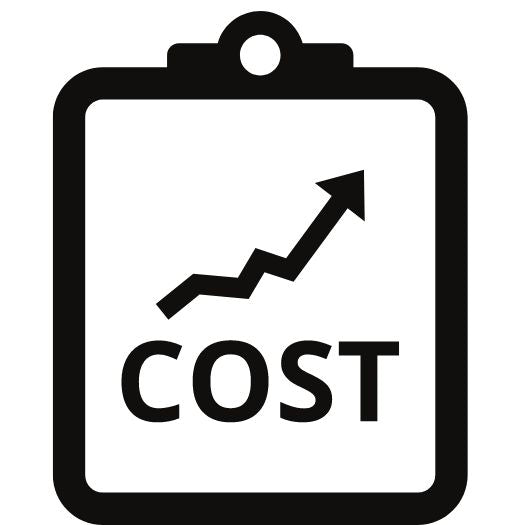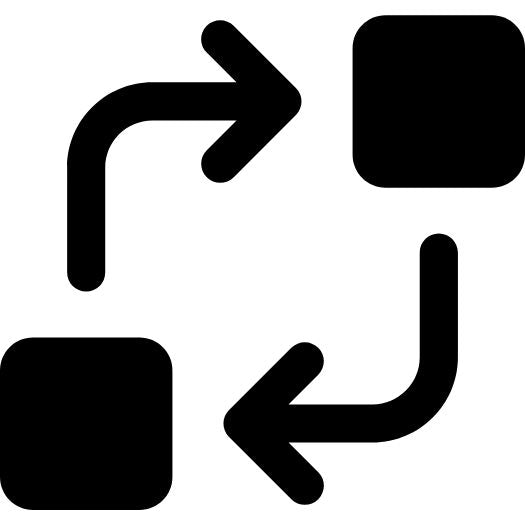Introduction: Not All Plywood is Created Equal
Terms like MR, BWR, and BWP plywood will be used when you walk into any hardware store or talk to a carpenter. However, what do they truly signify, and more significantly, how can you recognize them physically or visually?
Knowing the differences between these types of plywood can help you avoid expensive errors and structural problems whether planning a kitchen, remodeling a bathroom, or purchasing materials for bespoke furniture.
Plyneer Industries is committed to simplifying plywood. Let's dissect it for you.
Quick Glossary
MR (Moisture Resistant):
Also known as commercial plywood, this material can withstand moisture but is not waterproof.
Boiling Water Resistant, or BWR:
It is perfect for bathrooms and kitchens since it can withstand boiling water for a brief period of time.
Boiling Water Proof (BWP) plywood:
It is the best waterproof plywood for outdoor, damp, and marine applications.
How to Identify the Difference in Real Life
1. Labeling & ISI Marks (First Check!)
Always start with the ISI certification number:
|
Type |
ISI Code |
Label |
|
MR |
IS: 303 |
Moisture Resistant |
|
BWR |
IS: 303 |
Boiling Water Resistant |
|
BWP |
IS: 710 |
Marine Grade / Boiling Water Proof |
Look at the stamp on the sheet. Plyneer Industries always provides clear labels, ensuring zero confusion.
2. Water Test at Home (Simple DIY Tip)
If you already bought a sheet and want to test:
MR Plywood:
- Place a piece in water for 8–10 hours
- Likely to swell slightly or delaminate
BWR Plywood:
- Can survive in boiling water for 4–6 hours
- Will show less swelling than MR
BWP Plywood:
- Survives in boiling water for 72+ hours
- No swelling or separation of layers
➡ ️ Tip: If you're unsure, ask your carpenter to test a corner offcut with boiling water.
3. Core & Ply Layers Inspection
Hold the plywood sheet from the side:
- MR: Slightly uneven core, softer surface, lightweight feel.
- BWR: Uniform core, slightly heavier.
- BWP: Densely packed layers, solid feel, uniform grains—ideal for structural durability.
Professionals like architects and lead carpenters can feel the difference in density and grain finish—a skill that Plyneer helps educate partners with.
4. Smell & Surface Feel
- MR Plywood may emit a light smell of urea-formaldehyde glue.
- BWR & BWP often smell cleaner due to phenol-formaldehyde resin, which is waterproof and more stable.
Also, run your fingers across the sheet:
- MR: Smooth but less consistent.
- BWR/BWP: Usually more refined due to better manufacturing quality.
5. Price as a Hint
If you’re offered “BWP” plywood for much less than market rate, it’s likely mislabelled MR or low-grade BWR. Stick to branded, certified options like Plyneer to avoid short-term savings turning into long-term repairs.
When to Use What?
|
Application Area |
Recommended Plywood |
|
Living Room Furniture |
MR |
|
Kitchen Cabinets |
BWR |
|
Bathroom/Utility |
BWP |
|
Exterior Furniture |
BWP |
|
Wardrobes/Storage |
MR or BWR |
Why Choose Plyneer Plywood?
At Plyneer Industries, we offer plywood options across all grades—MR, BWR, and BWP—with:
- Clear markings and ISI codes
- Superior bonding strength and finish
- Zero compromise on durability and safety
- Professional-grade consistency trusted by top designers and carpenters
Conclusion: Know Before You Buy
Don't get fooled by mislabeling or price drops. Understanding the real-life differences between MR, BWR, and BWP plywood helps you:
- Build longer-lasting interiors
- Avoid renovation headaches
- Make smarter, value-driven decisions
Plyneer makes plywood easy, honest, and high-performing—just the way it should be.
